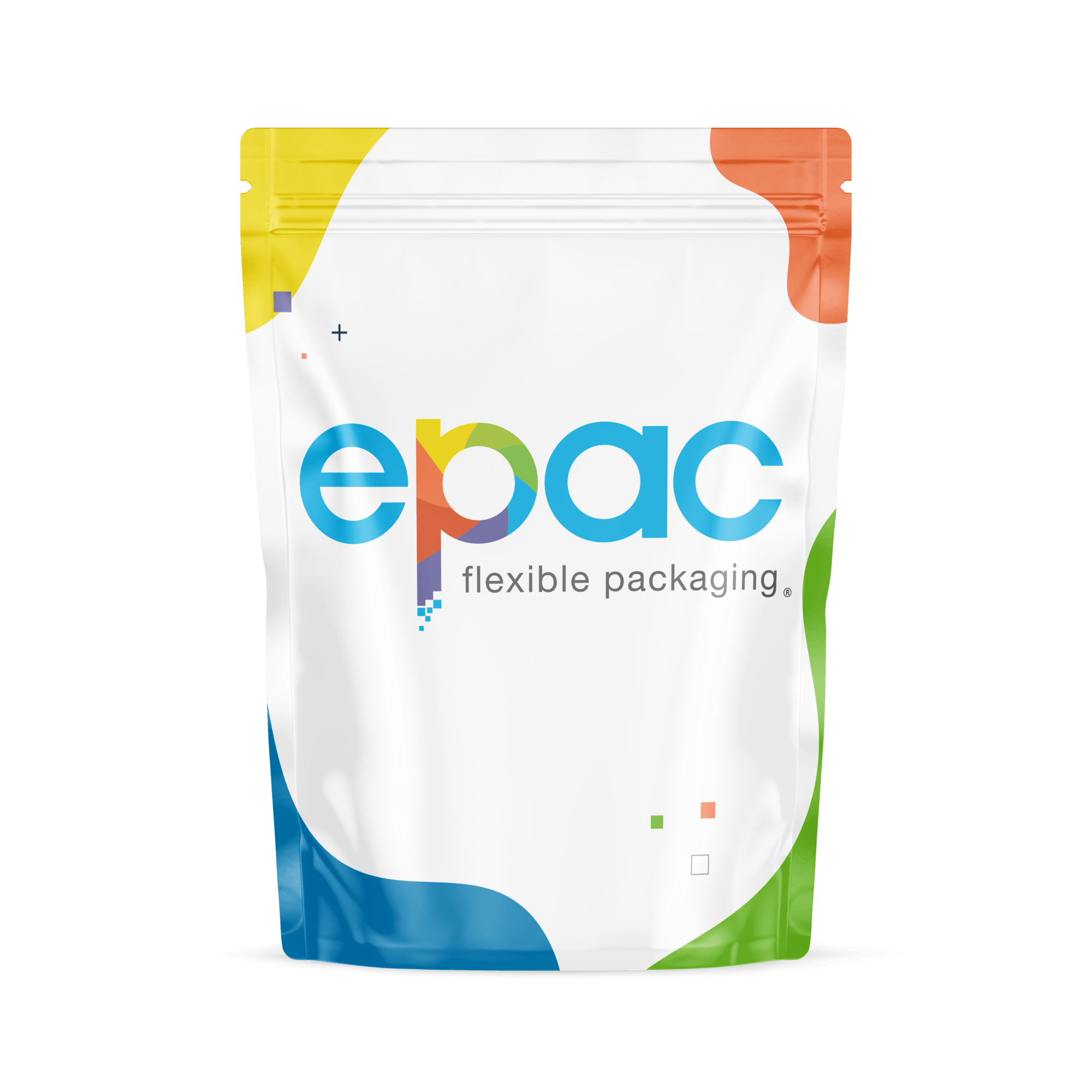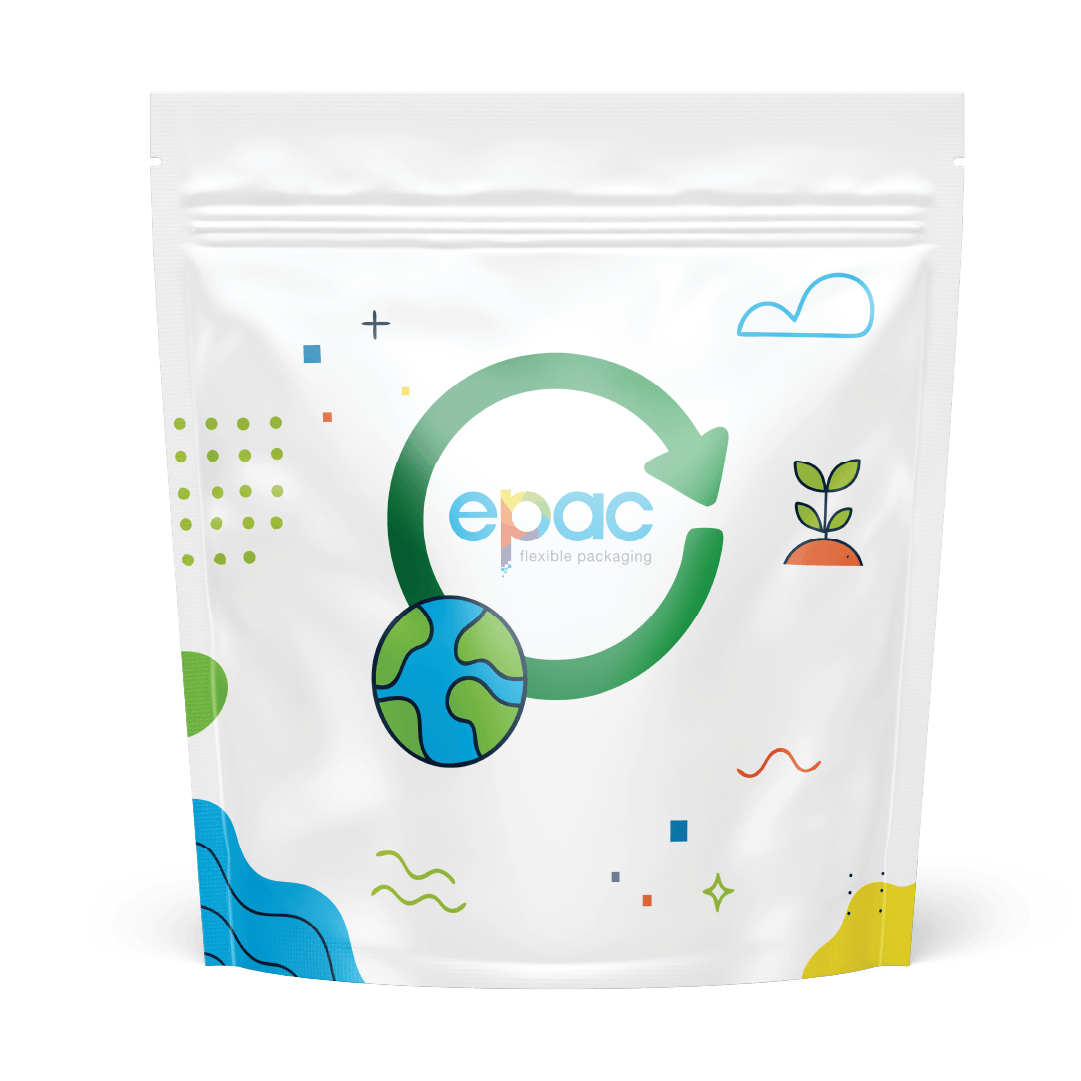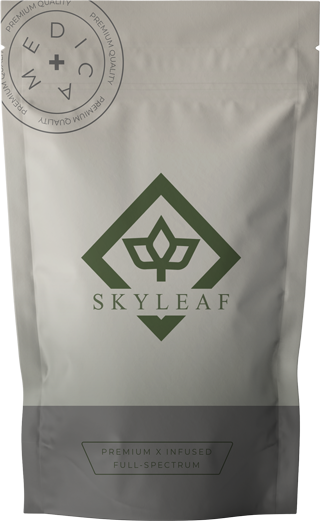In his latest book Belonging to the Brand, marketing thought leader Mark Schaefer said that community is the last, great marketing strategy left. He said the usual digital marketing and interruption marketing tactics – social and search advertising, the mountains of content created everyday, and the explosive growth of “influencers” – has left consumers blind to the marketing messages companies put out everyday.
At the same time, the COVID-19 lockdown of a few years ago, coupled with the breakdown in traditional community institutions such as church, civic organizations and social clubs, has created a crisis in depression and loneliness that has reached alarming rates, especially with Millennials and Generation Z.
Ironically, despite the fact that social media makes your friends just a click away, we’re lonelier than ever. Schaefer cites Bonnie Nagel, a psychologist from the University of Oregon Health & Science University, who said that social media “[is] not the same social connectedness we need and not the kind that prevents one from feeling lonely.”
Schaefer says: “It appears that many of our online friendships are little more than empty social calories.”
Why build a community around your brand?
But Schaefer says that companies are stepping in to provide the real, human-centered, communities humans crave, filling the void left by the disappearance of traditional institutions and the false promise of social media.
Schaefer says community is the “last, great marketing strategy.” But why? He points out that community was actually the first marketing strategy, and it’s the only marketing strategy people really want. “Intellectually, psychologically, and emotionally, customers need it,”
But why should companies, and specifically CPG firms, use community as a marketing strategy?
Schaefer again: “Perhaps the most compelling reason to consider a community-based marketing strategy is that you may not have a choice. Many of our tried-and-true marketing practices are fading away.”
In a fascinating experiment conducted by ad executive Tom McConnell, banner advertising was tested against empty ads. In other words, real ads versus banners with nothing on them.
The result? The empty ads outperformed brand messages!
Schaefer says: “It’s time to consider a radical new approach to marketing, and we must consider community as part of the mix.”
For the rest of this article we explain how you, as the owner, founder or leader of a CPG brand, can implement a community-based marketing strategy to boost your brand.
1. Organize local events
Your brand has a physical location. And even if it doesn’t, your founder(s) live somewhere in this world. Take advantage of where you live and organize a local meetup, either by yourself or in collaboration with a local food-industry organization such as the Naturally Network or StartupCPG.
Giving your local customer base a way to meet with other like-minded customers is a great way to start building community.
And if you have a purpose beyond just making a profit, even better. For example, your company could be a passionate advocate for clean, natural and organic ingredients. By holding a local meetup, you can provide a gathering place for true believers of your clean ingredient cause.
2. Have a clear brand purpose that will attract like-minded consumers
And speaking of purpose: community + brand purpose is the magic duopoly of community-based marketing. Consider Patagonia’s mission to preserve the environment, or TOM’s Shoes purpose of providing footwear to children in poverty around the world. These powerful missions have the galvanizing effect of bringing together a community of true believers.
3. Share the “behind the scenes” of your brand
To build community, it’s important to invite your community members to feel like they’re part of your brand. By sharing content that provides a “behind-the-scenes” look at how you manufacture your nutritional supplement or healthy pet snacks, you make them feel as though you’ve given them an exclusive peek into your process nobody else is privy to.
4. Create an online community for your loyal fans
One of the advantages of social media (despite what we said in the introduction) is that some platforms allow you to create groups. Facebook and LinkedIn are great for that.
But there are also applications that allow you to offer private communities on your domain. Mighty Networks and Circle are two examples.
ePac customer 6AM Run, manufacturer of supplements for dedicated runners, has a very active and passionate Facebook group where runners share their workouts and ask for tips on running performance.
5. Provide exclusive early releases and offers to your most loyal community members
There’s nothing that can help drive loyalty with your community than giving them exclusive offers.
If you have a newsletter community members can subscribe to, or an online community (both is best), offer early access to new formulations or new products. Ask them for feedback and reviews on your website or on eCommerce sites like Amazon in exchange for this early access.
6: Create regular online events for your community
In addition to local events, start organizing online events. These can be monthly or quarterly. What kind of events can you organize? Here are some ideas:
- Exclusive launch events for new products.
- Interviews with celebrity fans
- Educational webinars (cooking shows or nutritional advice)
7: Launch Monthly or Quarterly Challenges
Challenges are a fun and engaging way to bring your community together.
Ask community members to:
- Come up with creative recipes where your product is an ingredient.
- Post creative photos or videos of them with your product on Instagram, TIkTok or Facebook
- Write an essay extolling the virtues of your product, and publish them on your blog
Choose winners using whatever criteria you decide on, and post all entries on your blog and social channels.
8: Organize an Annual Conference
Finally, the mother of all community marketing tactics: organize an annual conference. A conference gives your community members from around the world a chance to gather and meet in real life.
There are two important aspects to organizing an annual conference around your brand community: the topics, and the networking.
The agenda/topics: It’s important to organize your agenda around a topic that is relevant, interesting and valuable to your community. This is easy if you have a distinct brand purpose that inspires your community.
But if you don’t have a defined brand purpose, organize your agenda on what interests your community members. What trending topics do you see discussed in your online community? What are the most common questions community members ask?
Focus your agenda on a core topic your community cares about. Your product is not the central topic, your passionate community is.
The networking: I would say the most important part of your annual conference, however, is the networking. Make sure to build into the agenda opportunities for conference participants to network, meet each other and establish long-lasting relationships.
The most important and fun networking events are the after-parties. Organize outings to local night spots like bowling alleys, night clubs, live music halls or gaming venues.
Conclusion
Community is the last great marketing strategy, according to marketing guru Mark Schaefer. We tend to agree. It’s especially true if your company has a mission your community members care about.
Have you started building a community using the tactics we described here? Let us know!








